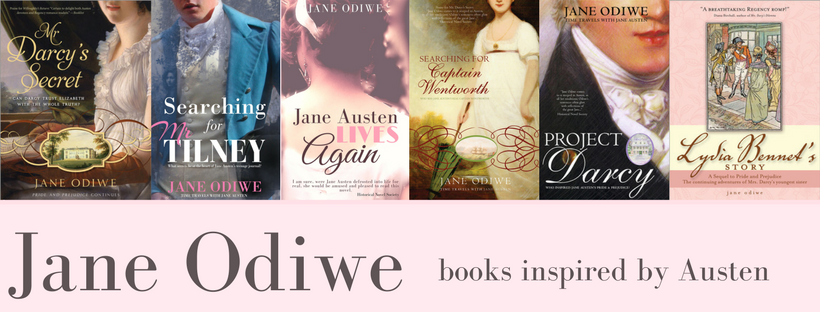This is a photo of my daughter enjoying the beach on the Flete Estate. I've just finished writing another Jane Austen Sequel, Mrs Brandon's Invitation, inspired by Sense and Sensibility. I loved the Emma Thompson/Ang Lee adaptation which was made in 1995 and so when I had a special birthday looming on the horizon, I thought I would celebrate it in the house where a lot of the film was shot, at Efford House on the Flete Estate, Holbeton, in Devon. My birthday is in November, but the weather was surprisingly mild and we had a few sunny days which were heavenly. I knew the house would look a little different from the way it looked in the film; its windows were given Georgian proportions and the door was given a canopy and columns, but it was still lovely to walk in the Dashwood sister's footsteps up to the entrance and imagine gorgeous Greg Wise, Hugh Grant and Alan Rickman coming to call! Inside, the rooms are recognisable, especially the Dashwood's dining room, which re
